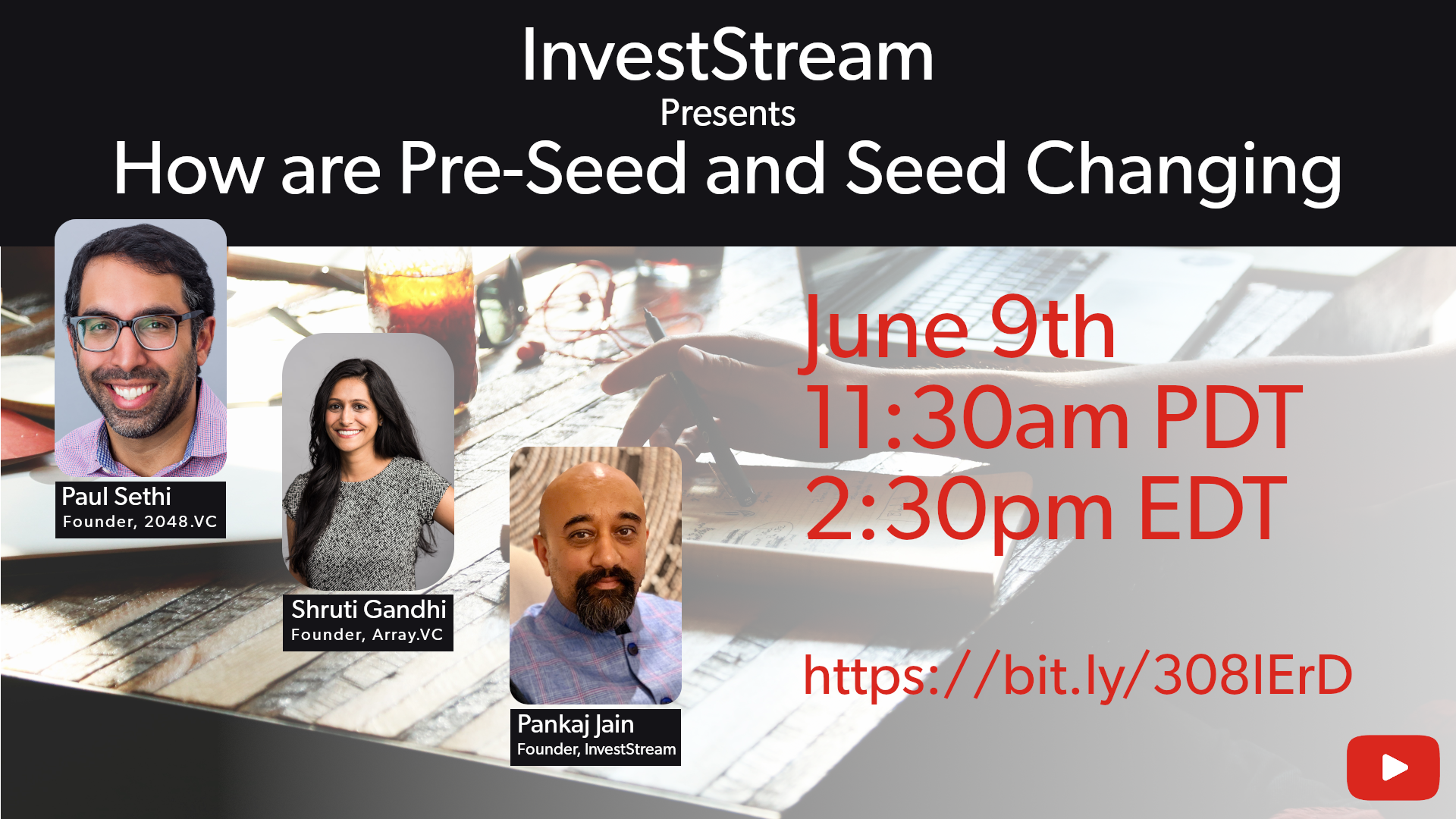Tag: fundraising
-

Founders Doing Due Diligence On Investors
Doing due diligence on investors is something that should be discussed more frequently. It’s important for founders to take the time to understand who the investors are, how do they help and support the companies they invest in, how do they react when things aren’t going as well as hoped for. Spending some time doing…
-
Cold Emailing Venture Capitalists and Angel Investors
Although most people recommend getting an introduction to a VC or an angel investor, it is sometimes necessary to send a cold email. Here are some thoughts on how one could frame those emails. This is what I think the basic structure of the email should be: Why you are reaching out How your startup…
-

How are Pre-Seed and Seed Changing in 2020?
A lot is changing in the startup world. Even before getting hit with COVID-19, the definitions of pre-seed, seed, post-seed/pre-series A were changing at a fast clip. Many early-stage VCs were moving downstream, writing larger checks and investing in later rounds. At the same time, larger, late-stage VCs were either ramping up their scout programs…
-
The Raise / Episode 110: Who To Raise From & How To Reach Out
Once you’ve reached the point that you’re ready for venture, your biggest responsibility is to organize and execute a fundraising process with the right people and the right intensity.
-
Watch the equity dilution in your startup!
Raising money for a startup has become a default option for most founders. Very few even consider bootstrapping anymore. That’s neither a good or bad thing and not the point of this post. Unfortunately, not as many founders or investors discuss equity dilution as much as they should. Too many startups give up too much…